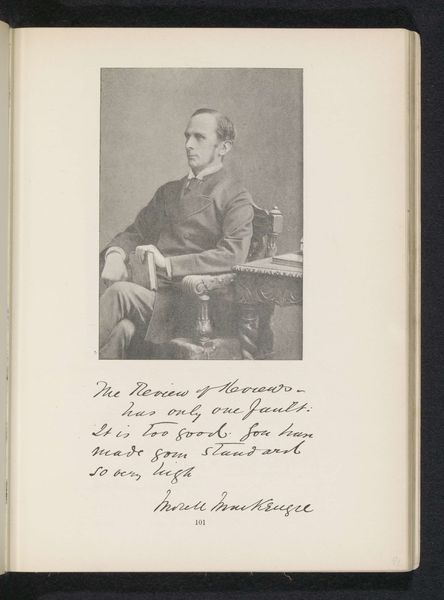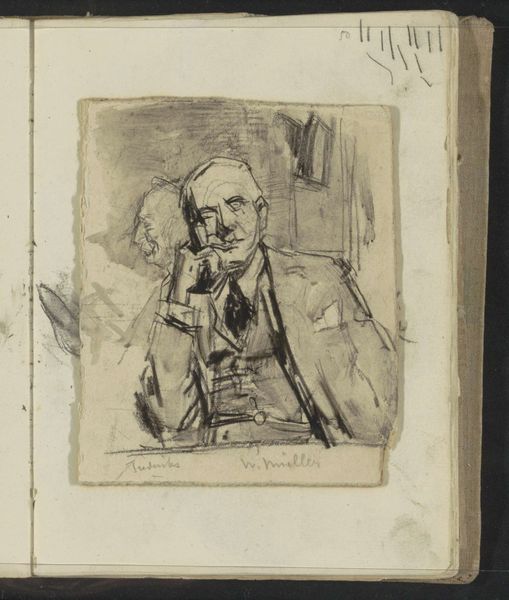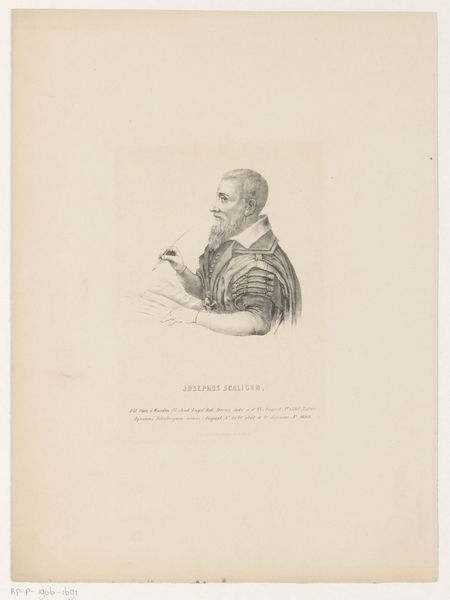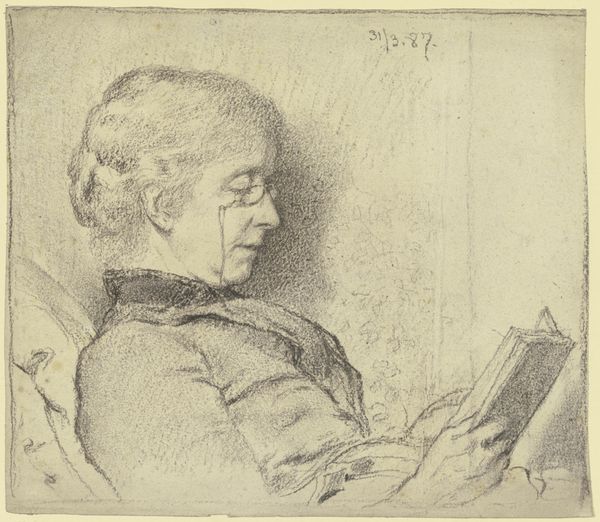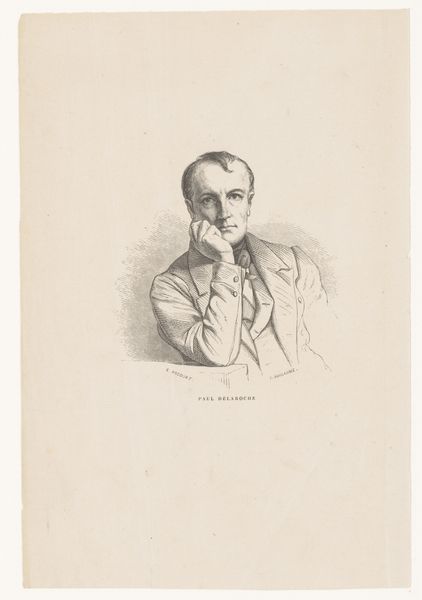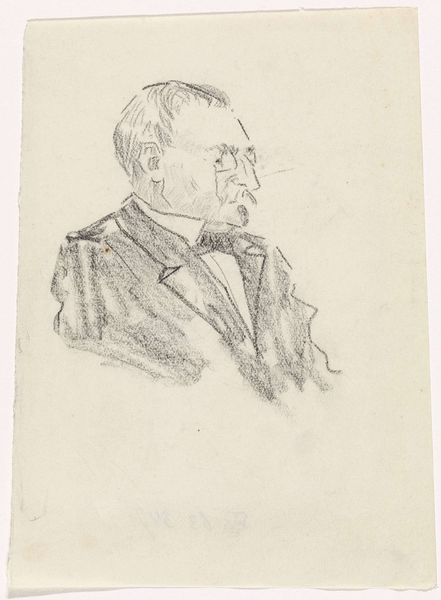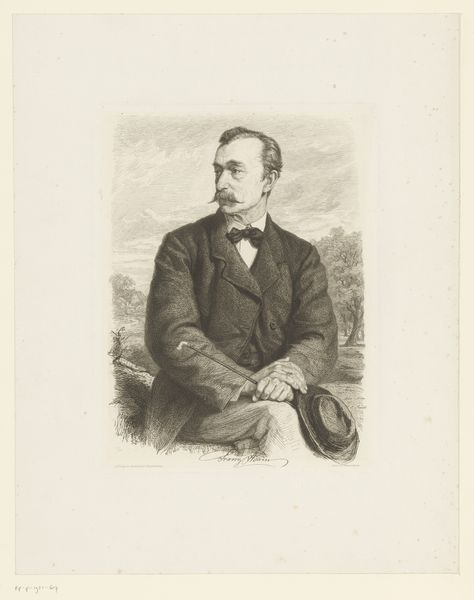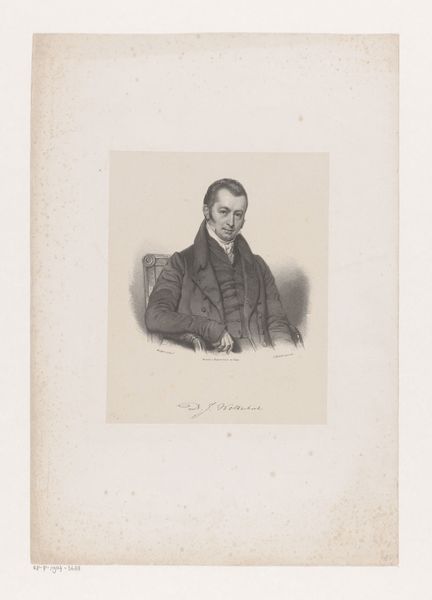
drawing, paper, ink
#
portrait
#
drawing
#
pencil sketch
#
paper
#
ink
#
romanticism
#
academic-art
Copyright: Rijks Museum: Open Domain
Nicolaas Pieneman made this drawing of Jan Adam Kruseman in the Netherlands in the mid-nineteenth century. The sketch depicts Kruseman, an artist himself, in profile, absorbed in a book. In the Dutch Golden Age, the Netherlands witnessed an explosion of portraiture depicting members of the merchant class. By the nineteenth century, this tradition continued to reflect the values of Dutch society, which included literacy, education, and the arts. The Rijksmuseum itself, founded in 1800, was reorganized during Pieneman’s lifetime to reflect a growing sense of national pride in Dutch artistic achievements. How does the act of portraying an artist reading contribute to our understanding of artistic production? The image suggests that even artists require inspiration. To understand the social context of this drawing, consider the histories of Dutch art institutions. We might ask what was taught in the academies, who had access to art education, and who had the means to commission portraits. These are the kinds of questions that help us understand the power relations reflected in art.
Comments
No comments
Be the first to comment and join the conversation on the ultimate creative platform.

